An introduction to Practical Life
Within the Practical Life area the child finds materials and exercises of his everyday life like pouring water from a jug or learning how to tie a shoelace. These activities help the child to properly take care of himself so that he may feel as though he is self-reliant and does not have to rely on an adult for his basic needs.
The purpose and aim of Practical Life is to help the child gain control in the coordination of his movement, and assist the child in gaining independence and adapting to his society.
Practical Life Exercises can be categorised into four different groups: Care of Self and the Environment, Development of Social Skills (Grace and Courtesy), Classroom Etiquette and Control of Movement.
In the Care of Self and the Environment activities, the child learns about the care and maintenance that helps everyday life. These activities are, for example, the washing of hands, dusting a table or outdoor sweeping.
In the Development of Social Skills (Grace and Courtesy) Exercises, the children work on the interactions of people to people.
Classroom Etiquette helps the children to understand ground rules for the school as well as enabling the children to work in harmony with their peers and teachers.
In the Control of Movement Exercises, the child learns about his own movements and learns how to refine his coordination through such activities as walking on the line, cutting or folding.

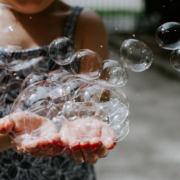
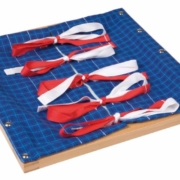
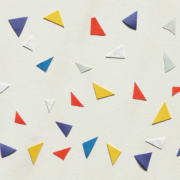
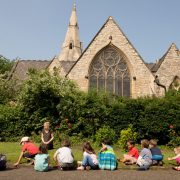
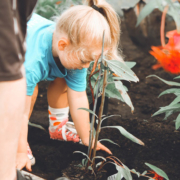
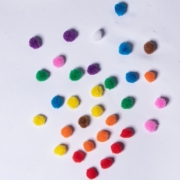
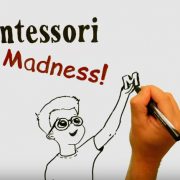
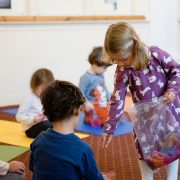







Leave a Reply
Want to join the discussion?Feel free to contribute!